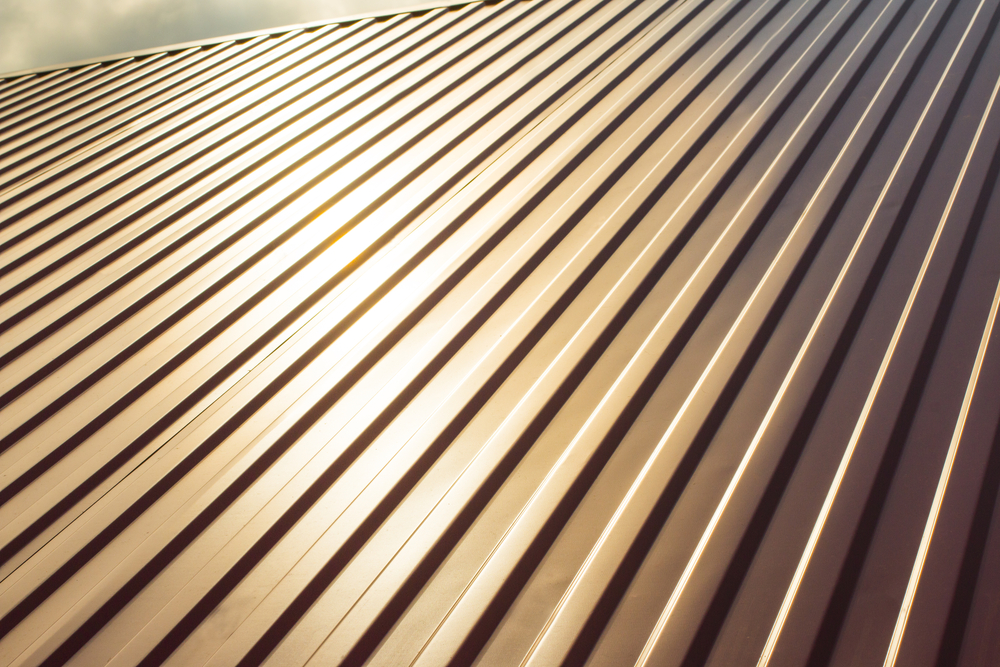
A How-To Guide On Cleaning Metal Roofs
14th July 2021
Identifying The Algae
Your roof is home to many things ranging from debris to critters. But one stubborn enemy also lives on your roof, and he goes by the name of Algae. This containment is responsible for making your roof appear in multiple colours. In addition, it causes structural damages, causing you to spend hundreds of dollars every time something breaks or leaks. You need to study the type of algae that’s growing on your roof. You can also seek professional advice and help from a cleaning professional.
Common Bacteria Types
The roof bacteria come in many varying forms. The bacteria growing on your roof could be mould, lichen, mildew, Gloeocapsa magma, or algae. When a metal roof is saturated with organic growth, it mostly turns black, accompanied by a hint of a greenish tint. Let us look at some of the common bacteria types on your roof.
Mould
This unhealthy plant is something that most people are afraid of. They are usually present in black and brown areas. It starts to become a smelly and slippery location on the roof. Mould loves to make their homes in regions that have an irrigation system nearby or under rainy climates.
Gloeocapsa Magma
These roof algae are the most common ones from the rest. This bacterium tends to thrive on water, and it later expels oxygen in return. Thus, it is responsible for causing the black streaks on your roof.
Mildew
Mildew is quite similar to mould bacteria. It enjoys staying in mildly wet locations, causing health issues. Mildew tends to have multiple shades and comes in a powdered form.
Roof Moss
It features rhizoids, a strong root system similar to the lichens. Its roots help in anchoring itself onto the metal roof. It also partners with lichens and produces layers of the organic growth of the algae/lichen ecosystem. It feeds on organic materials like dirt, dust and other particles.
Lichens
This bacterium is of root-growing type and is a mixture of fungus and algae. They grow together and creates living organisms on your roof. Lichens tend to use their perennial-built structure for tightly attaching itself to your metal roof. It is quite stubborn and becomes hard to move. You need to remove it at the right time to prevent damages.
Pressure Washer On a Metal Roof Is a No-No
Applying pressurized water on your metal roof is never a good idea. By pressuring washing, you end up damaging the screws on your metal roof. In addition, it will expose the vulnerable, weak sections of your roof, which leads to roof leaks. Plus, the pressure washer will also damage the finishing of your roof.
The Steps for Cleaning
- The first thing that you need to do is to soak and cover your plants and shrubs. You can get one of your family to water the plants while you clean the roof.
- Start mixing the cleaning concoction and insert it in your metal sprayer.
- Use water for wetting your entire roof. It will help in saturating your metal’s pore and gives you that premium cleaning.
- Ensure that you only use a less amount of the cleaning solution. You can now begin to brush using a soft-bristled brush.
- If you have to reapply your chemical solution for the stubborn areas, then do so and start brushing again.
- Ensure that you always rinse your vegetation after the cleaning as well.
- Lastly, don’t forget to rinse everything in the end.


